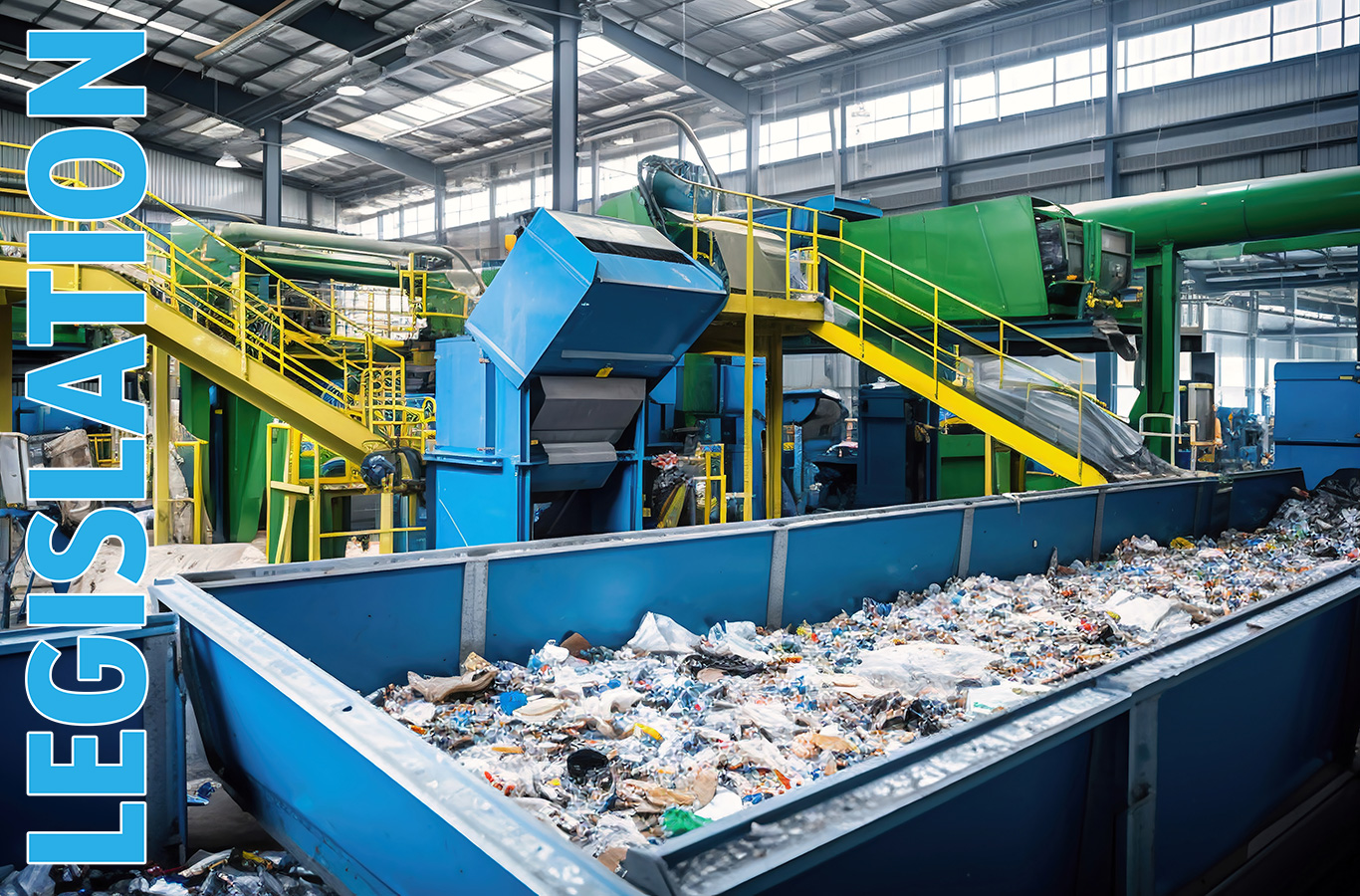



Since the publication of the PPWR proposal on the 30th of November last year, it has proven to be one of the most complex and controversial proposals in recent years. As an in depth look on the Commission's proposal and recommendations for the design for recycling of aluminium aerosols were already published in the last edition of the CANS magazine, this article will focus on the status of the negotiations within the European Parliament and Council, while highlighting the main demands of the packaging industry.
The Parliament is desperately trying to reach consensus, but it is proving to be a very difficult process as approximately 3,600 amendments have been submitted in the four (relevant committees of the Parliament (ENVI, ITRE, IMCO and AGRI). To secure a majority vote in the upcoming committee session in October, the Environmental Committee (ENVI) strives to reach a compromise on key aspects of the proposal like the recyclability criteria, use of recycled content, product bans and reusability requirements.
The Council is essentially split between countries that have embraced the proposal with greater enthusiasm (e. g. France, Belgium, and Austria) and those expressing doubts about its feasibility and foundation (e. g. Italy, Finland). Member states generally aim to safeguard their existing systems, which vary among nations. This complexity in negotiations and the slow pace of establishing a unified stance within the Council indicate that the final text may allow some discretion for national authorities.
Given the intricate nature of the proposal and the multitude of suggested amendments along with existing disagreements, both the Parliament and the Council have refrained from committing to a stance thus far, despite their keen efforts to expedite the process. If the lack of a concrete position prevails to the end of October 2023, the initiation of trilogue negotiations between the 3 governing bodies of the Union will be hindered. Consequently, the adoption of the regulation before the June 2024 parliamentary elections will be improbable. Such a delay could potentially extend the adoption process by at least one year.
The packaging industry continues to highlight key considerations and recommendations related to the (PPWR) and its impact on packaging design, recycling, and sustainability efforts. From the many discussed demands, the following are the most relevant for aerosol cans:
Alignment with existing legislation: PPWR's requirements for substance compliance should align with existing (food contact materials) legislation to prevent overlap and confusion. This is very important considering the proposed bans for important coating materials like Bisphenol A (BPA) and Per- and polyfluoroalkyl substances (PFAS) in food contact materials applications or in general (restriction under REACH).
“Design for Recycling” (DfR) criteria: The current version of the proposal does not offer any concrete guidelines for DfR, but only mentions that a delegated act will be published later to address this issue, without giving any further details. Regarding this point, the industry strongly recommends the following:
Priority access to Post Consumer Recycled (PCR) plastics: The proposal obliges manufacturers to use certain percentages of PCR plastics to produce the plastic parts of packaging, if the plastic part constitutes more than 5% of the total weight of the unit (e. g. plastic caps and valve parts for aerosol cans). Obliged manufacturers should have priority access to such materials, as supply shortages for such PCR plastics are highly expected. To battle this expected shortage, the proposal should strongly support the adoption of new recycling technologies (e. g. chemical recycling) for plastics. Moreover, recycled content targets should be applied per the average of plastic packaging placed on the Union market rather than per format or plant, as it offers greater flexibility and environmental protection.
High quality recycling: The proposed definition links this term to a closed-loop recycling system for all packaging types, which may not work for many application (e.g. contact sensitive applications). For this reason, the industry is asking for the definition of “high-quality recycling” not to be connected to Article 6 as a sustainability criterion, but it should rather be promoted as an industrial goal to be achieved based on technical and environmental feasibility.